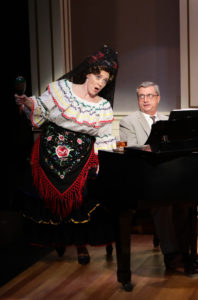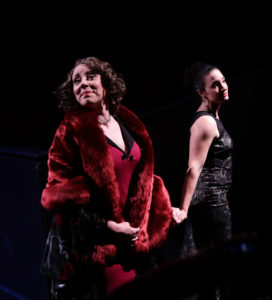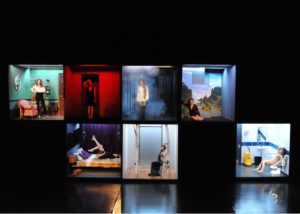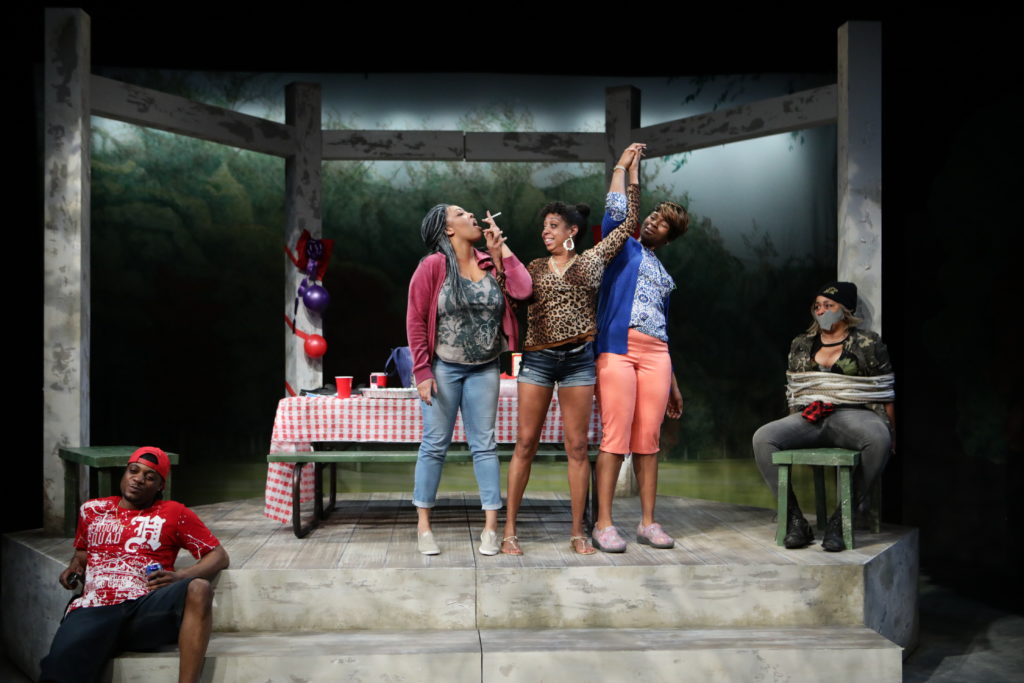Souvenir, A Fantasia on the Life of Florence Foster: A Sad, Mad, and Yes Funny Play

Photo Mark S.Howard
Ten years after staging Stephen Temperley’s two-hander Souvenir, A Fantasia on the Life of Florence Foster Jenkins Spiro Veloudos, the artistic director of Boston’s Lyric Stage, has revived it with the same cast. Not having seen the earlier production, I am unable to compare the two. However, both talented performers Will McGarrahan and Leigh Barrett are comfortable and believable in their roles.
Since Souvenir’s Broadway début in 2005, Florence Foster Jenkins has become considerably better known. Coincidently, Peter Quilter’s British iteration with an even longer title: Glorious!: The True Story of Florence Foster the Worst Singer in the World opened the same year. …








